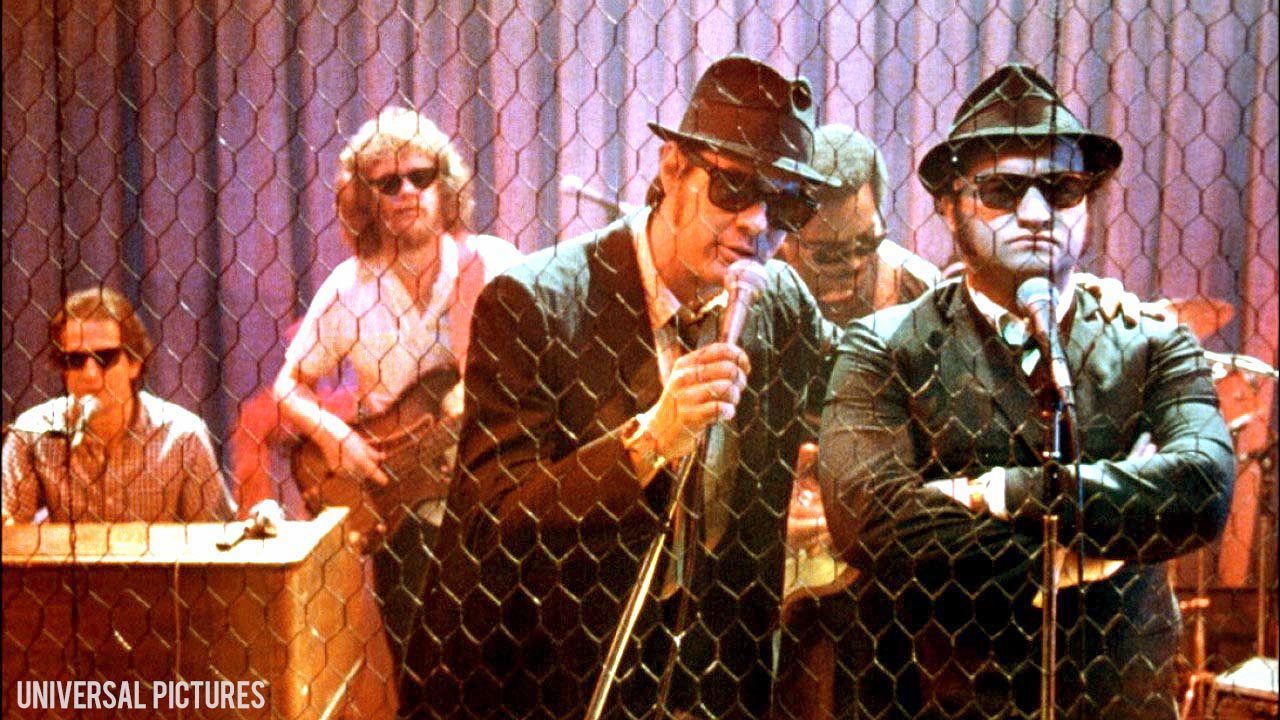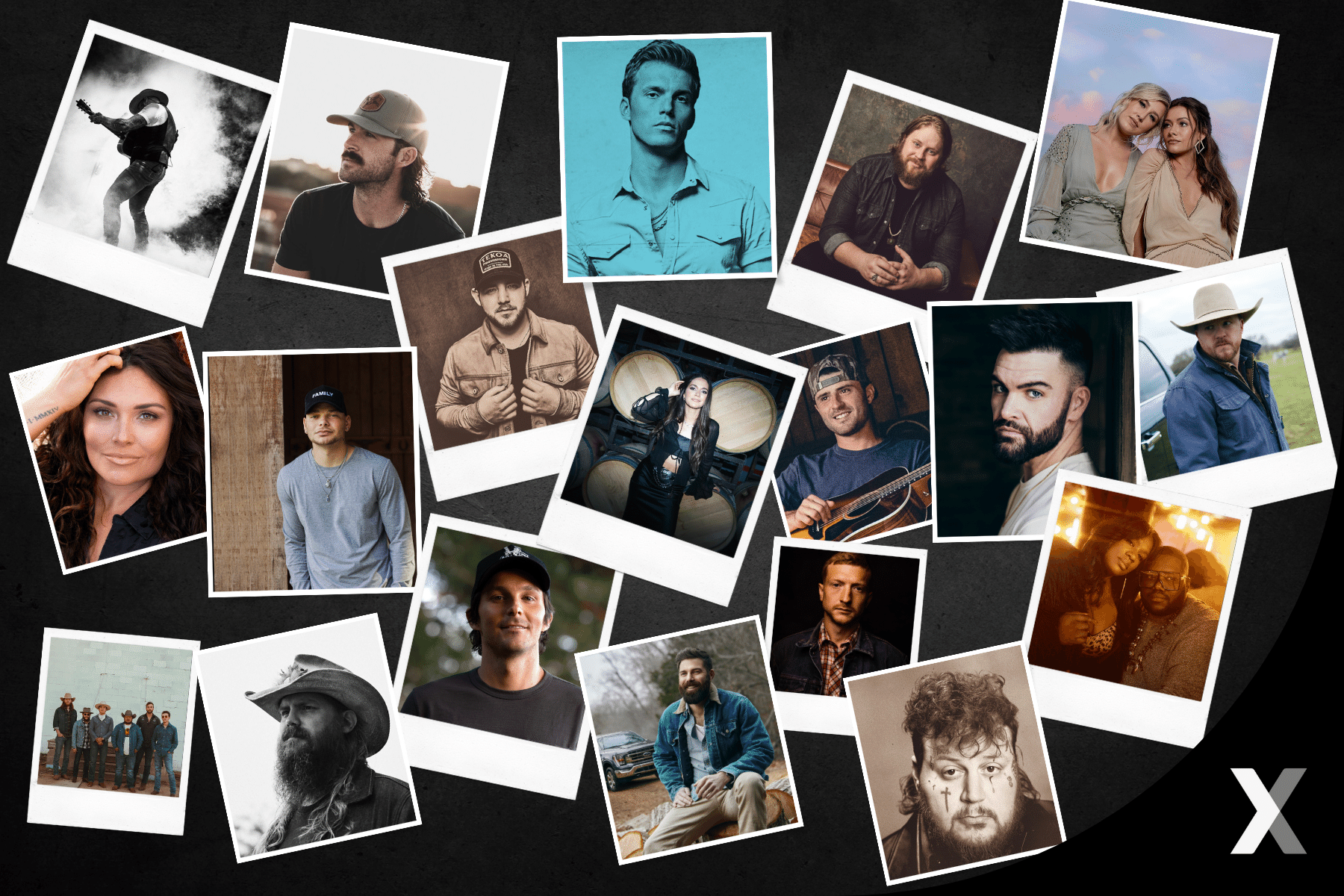2024 Academy of Country Music Awards
The 2024 Academy of Country Music Awards nominees are out - congrats to our artist partners for their collective 25 nominations!

This article in Music Times that expands upon a study from Next Big Sound stating that 90.7 percent of “music artists are complete unknowns” pisses me off.
Beyond the fact this it’s a blatant link-bait approach to “statistics” (remember: 1. figures lie and liars figure and 2. “data” can be interpreted to support or refute just about any thesis you want), it seems designed just to discourage artists.
In an era where artists are desperately trying to navigate increasingly challenging waters, why throw “data” out there like this?
I’m going to use this space to offer up another approach to data that hopefully will be more actionable for artists.
Whether the 90.7 number is off a little or a lot doesn’t much matter if you’re an artist who is frustrated by the fact they feel not enough people are aware of their music. I wrote recently in this space about the “answer” to the artist dilemma of not feeling enough people are appreciating their music.
Simply put, they’re not doing one of two essential things. Either their music isn’t (yet) remarkable; meaning that people aren’t remarking/talking about, and thus no one is converting their friends to this artist’s music. Or, they are not placing their music in front of people predisposed to like it; as I’ve said, Miles Davis could rise from the grave, but if he was playing trumpet in front of people who hate jazz it wouldn’t matter.
While the above is the “answer,” it can be hard to devise a tactical approach to ensure that you're making progress with respect to people talking about your music, and putting it in front of the right people. In order to get tactical we, of course, need to measure. But rather than just approaching it from the standpoint of some deeply depressing and wholly un-actionable statistic like “90.7% of artists are complete unknowns,” it’s important to develop what are called “KPIs.” KPI stands for Key Performance Indicators. These are whatever measurable elements you determine clearly show forward-moving progress.
Too often artists think in terms of grand, sweeping KPIs like “sell out Madison Square Garden” or “have a platinum record.”
Certainly, these are excellent big hairy audacious goals (as Jim Collins would say), but if you don’t first set and achieve myriad interstitial goals along the way, it’s highly unlikely that you’ll ever achieve your BHAGs.
Therefore, an artist must establish KPIs that are meaningful, but can be attained with specific tactics. This might be something like: “increase attendance at our shows by 20% over the next five months” Or “increase the number of subscribers to our email newsletter by 30% over the next three months.”
The key to the sample KPIs above is that there is both a specific goal and a timeframe for achieving the goal. Both of these elements allow you to create tactics that will help you hit the goals.
So, for instance, looking at the second goal above, you would first need to establish how many people you currently have on your email newsletter. Say you have 1000 and it’s the beginning of November. Your goal, therefore, is to grow it to 1300 by February.
To me this is where the fun begins. As artist you axiomatically have tremendous creativity, and now you get to apply that to achieving a crucial goal by creating tactics. You might, for instance do something as banal as giving away a song for an email, but certainly you could come up with something better than that.
In any case, whatever tactics you come up with to hit your goal, you also need to measure the progress, and therefore the efficacy (or lack thereof) of this tactic. I recommend creating a simple spreadsheet using google docs. On the X access list your dates from the start date to the end date, and periods (every week or two) in between. On the Y access list what you’re measuring (in this case, email sign ups), and the numbers on the timeline you establish as the baseline (i.e. the starting point). And then add in the growth as the time passes. (See example).

If you follow this approach, you’ll be able to see relatively quickly (give it at least a month to strip out statistical noise) if the tactics you’ve devised for growth are actually working.
You can learn from this type of measurement, and refine your tactics, and, over time, begin to discern where to apply your valuable time, energy, and money. This is actual data that can be used, unlike the insipid click bait about how many artists are undiscovered.

The 2024 Academy of Country Music Awards nominees are out - congrats to our artist partners for their collective 25 nominations!

Latin GRAMMY-nominated rapper and singer Snow Tha Product is partnering with göt2be Color Remix to drive engagement and awareness for the bold...

EDM artist ILLENIUM is partnering with the California Department of Public Health to talk about the dangers of Fentanyl, his own substance use...